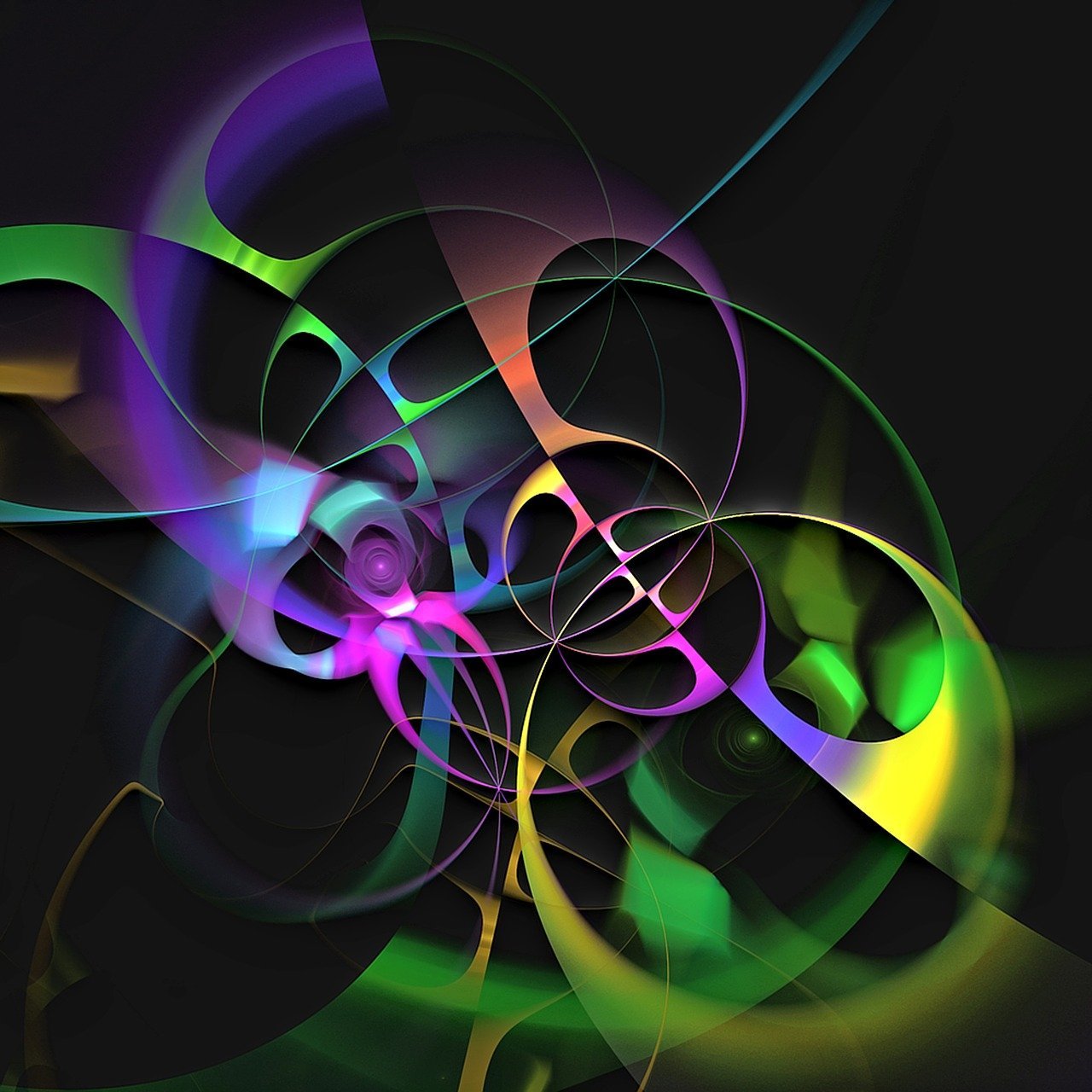Yes, We No Longer Need a Camera to Make Films. Generative video models are redefining how we consume and produce entertainment content online. This shift isn’t just about the ability of AI to generate text, images, or video from prompts, what’s truly transformative is how these models now understand context, synthesize meaning across multiple modalities, and produce hyper-realistic content from scratch.
With the rise of tools like Google Veo, Runway, and OpenAI’s Sora, the barriers to video production are rapidly collapsing. Anyone with a smartphone and internet access can now become a storyteller. These AI platforms are no longer limited to basic animations, they can generate cinematic visuals, scene transitions, character movements, and even emotionally nuanced sequences, all from a well-written prompt.
The future of entertainment lies not in who owns the best camera equipment or the biggest studio, but in who can craft the most imaginative and context-rich prompts. Creators no longer need large crews, expensive locations, or post-production tools. Generative AI is turning prompt-writing into the new scriptwriting, and it’s accessible to millions.

Generative Film Studios
We’re witnessing the early stages of what could be called “generative film studios.” Unlike traditional powerhouses such as Warner Bros. or Universal Pictures, these AI-native studios will be built around minimal infrastructure and maximum creativity. All it takes is a strong idea and the right prompt.
This evolution is also creating new career paths. A new generation of “prompt directors” or “narrative engineers” will emerge, individuals who specialize in crafting detailed, multilayered prompts that guide AI systems to produce high-quality video outputs. Libraries of reusable prompt templates may become standard, allowing creators to adapt scenes by simply tweaking characters or settings.
Human Creativity Matters
The applications of generative video go far beyond entertainment. From immersive educational content to AI-generated product ads and explainer videos, this technology is opening doors across industries. For instance, one could create a medical video explaining how an organ functions, without needing live footage or animation teams.
While we’re still in the early days, the impact is already clear: generative AI is not replacing creativity, it’s amplifying it. And as these models grow more capable, we may see the entertainment industry split into two tracks: traditional high-budget productions and agile, AI-driven narratives.
The playing field has been leveled. All you need now is a story and a prompt.